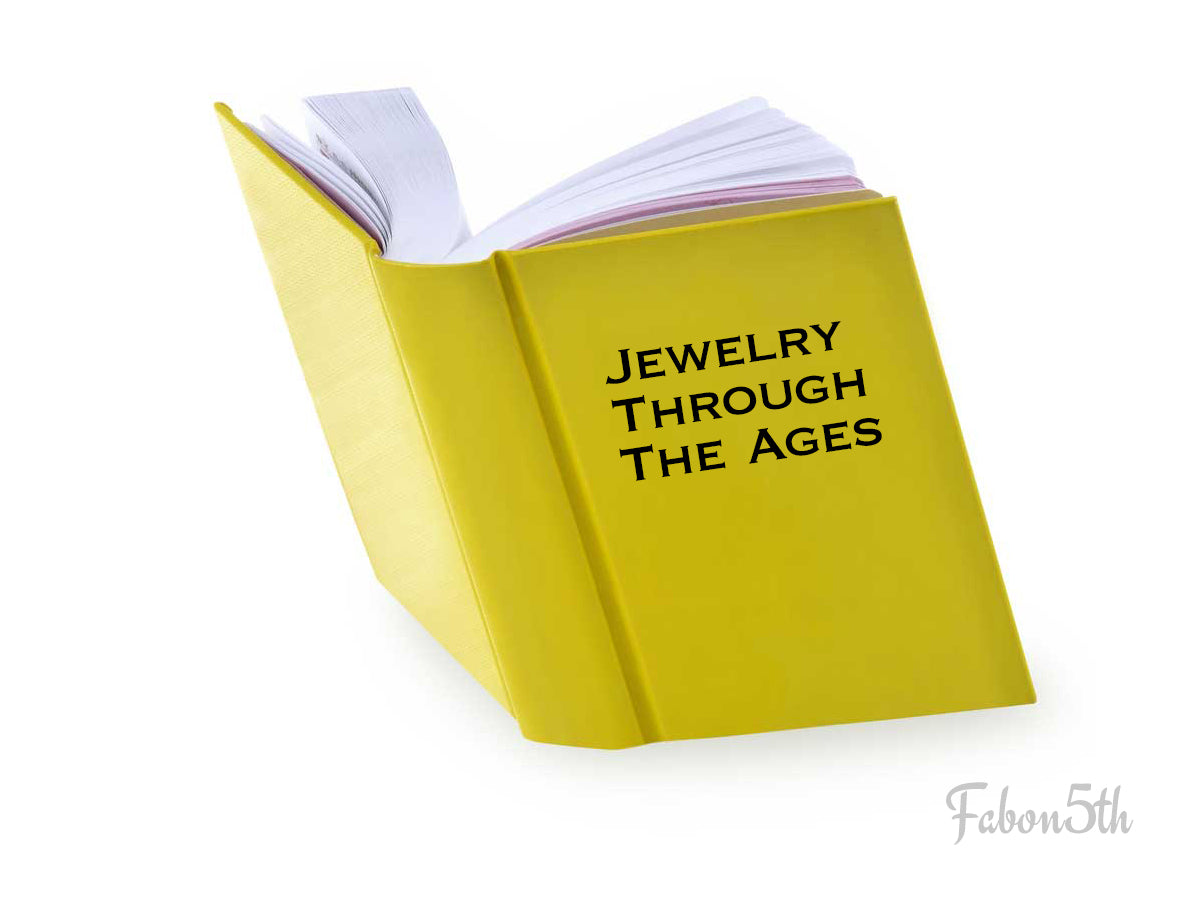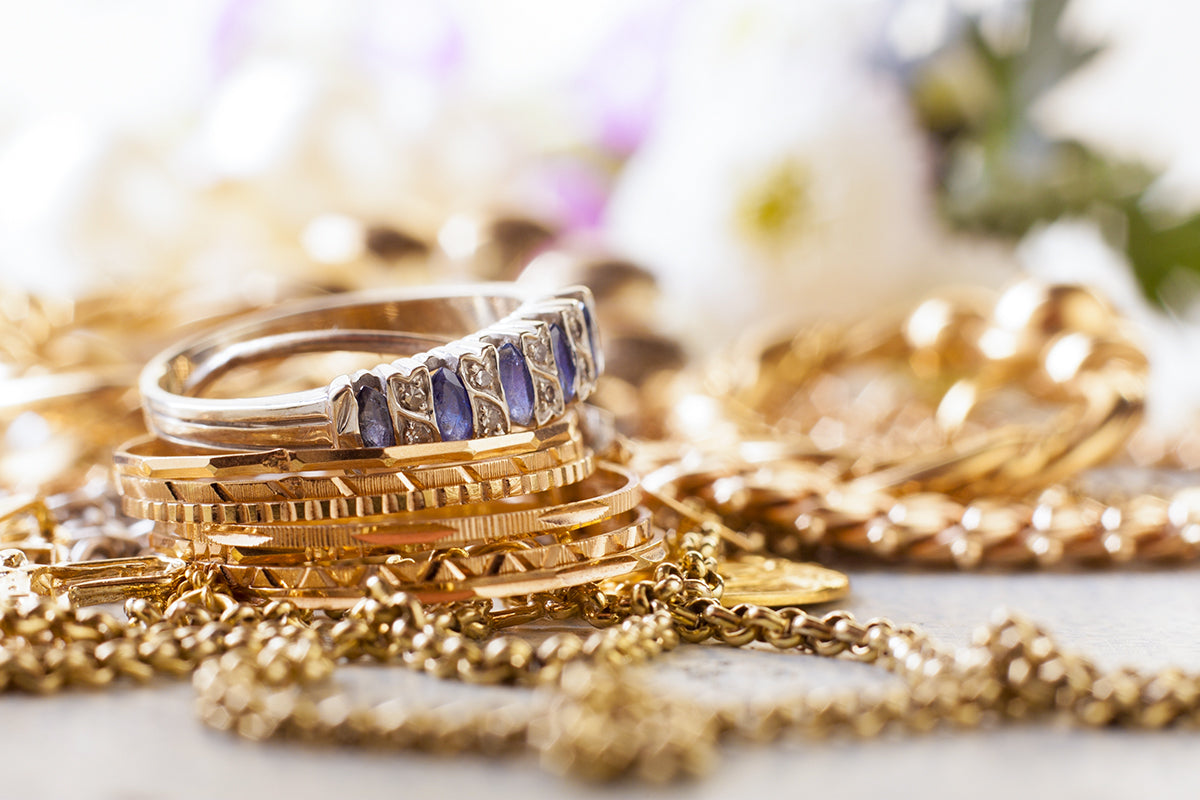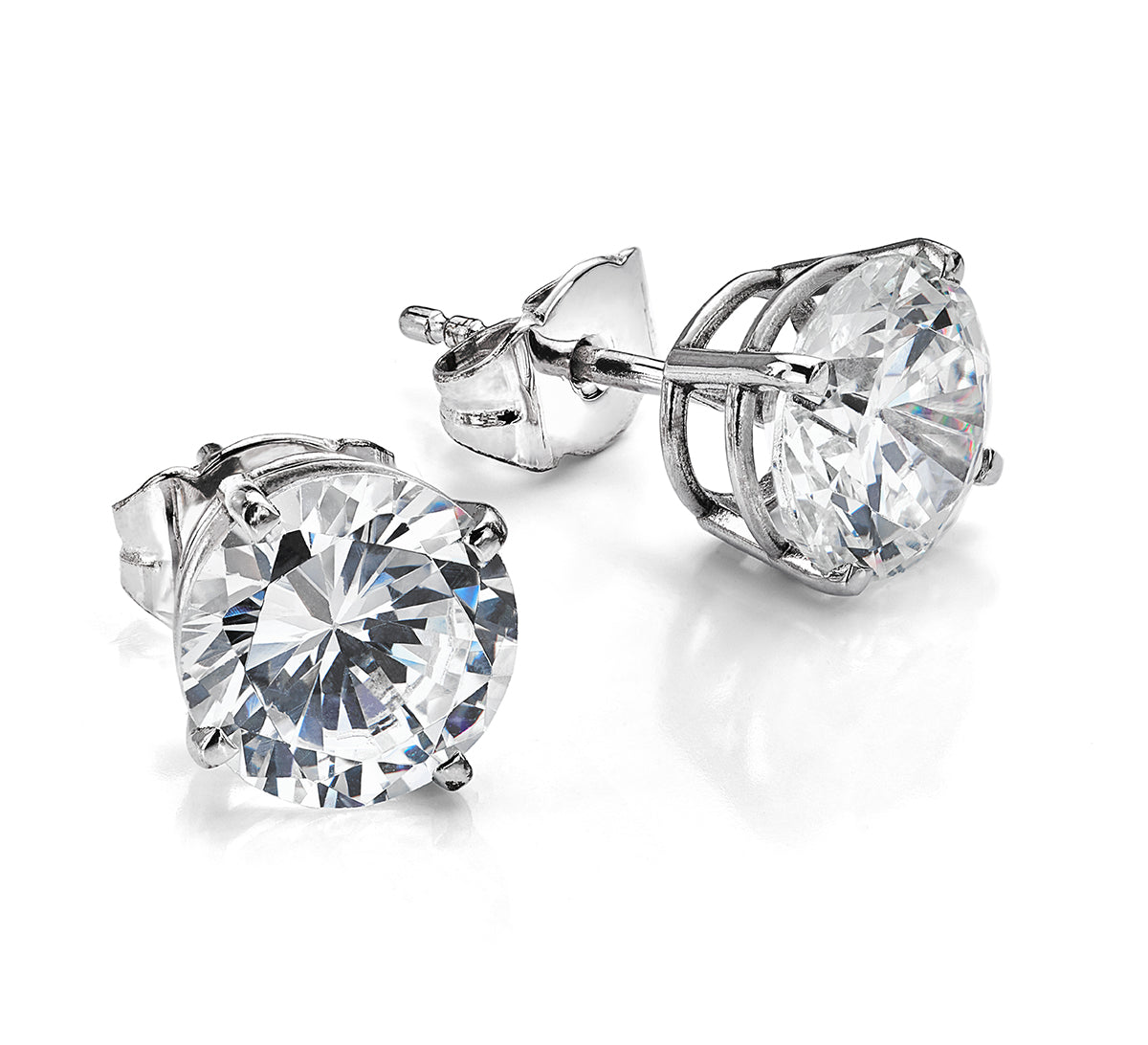
The history of jewelry style dates back to ancient times and has evolved over the centuries to reflect changes in culture, technology, and fashion. Here are some examples of notable jewelry styles throughout history:
Ancient jewelry: The jewelry of ancient civilizations, such as the Egyptians, Greeks, and Romans, was often made from precious metals and gemstones and was designed to be both beautiful and functional. Many pieces were created for specific purposes, such as to be worn in religious ceremonies or as protective amulets.
Renaissance: During the Renaissance, jewelry became an important expression of wealth and status. Gold and silver were popular materials, and designs often featured intricate details and motifs inspired by nature, mythology, and religion.
Victorian: In the 19th century, jewelry styles were heavily influenced by the Victorian era. Popular designs included lockets, cameos, and brooches, and sentimental motifs such as hearts and flowers were often incorporated.
Art Nouveau: In the late 19th and early 20th centuries, the Art Nouveau movement brought a new style to jewelry design, characterized by flowing lines, natural motifs, and the use of enamel and other non-traditional materials.
Art Deco: In the 1920s and 1930s, the Art Deco movement brought a more modern and streamlined style to jewelry, featuring geometric shapes, bold colors, and the use of platinum and other metals.
Contemporary: Today, jewelry styles are diverse and eclectic, ranging from minimalist designs to maximalist pieces featuring colorful gemstones and intricate details. Many contemporary jewelers incorporate sustainable and ethical practices in their work, reflecting changing attitudes towards consumerism and environmentalism.
Overall, the history of jewelry style is a fascinating reflection of changing cultural, social, and aesthetic values over time. Each era has brought its own unique vision to the art of jewelry design, and the result is a rich tapestry of styles and traditions that continues to inspire and delight.











